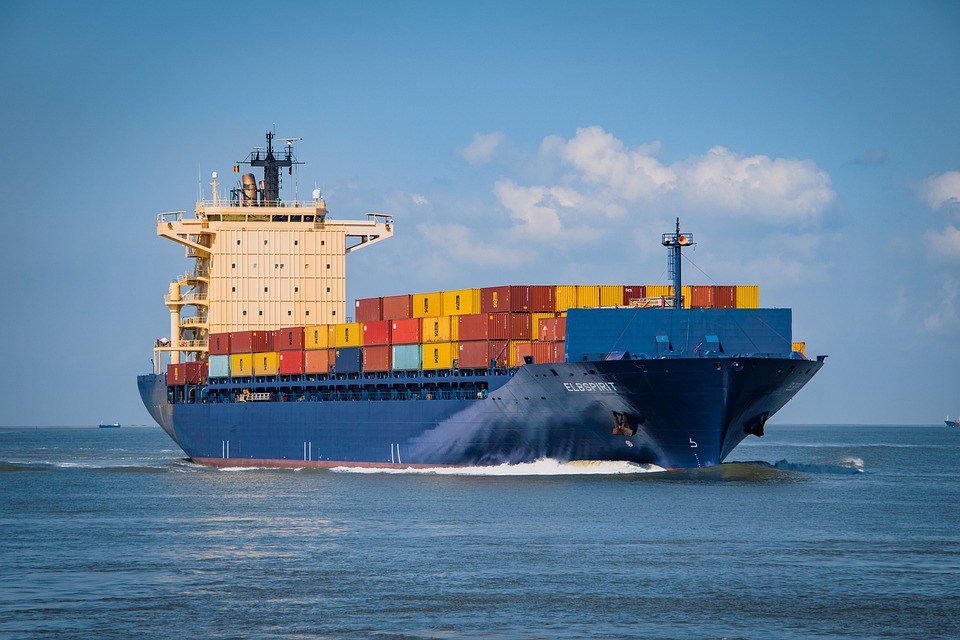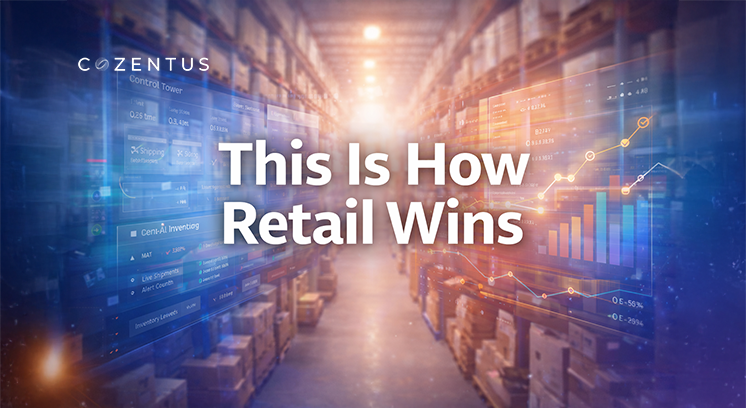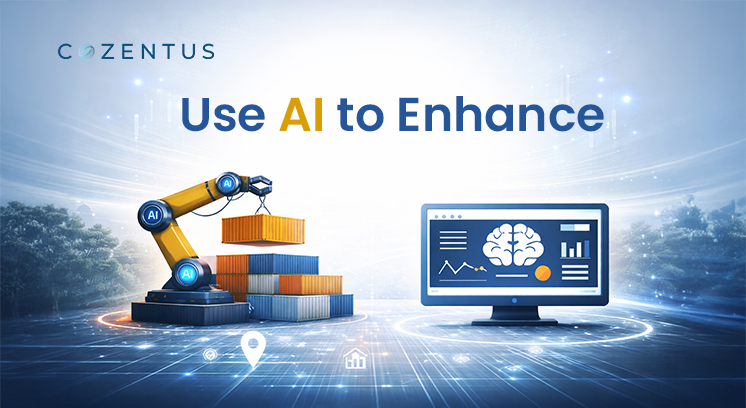Containers are an essential technology for development operations and an essential component of a company's digital transformation. When firms embark on a digital transformation journey, one of the first steps they should take is to transition from expensive virtualised instances to lightweight containers for their corporate applications. Small or big, application creation, maintenance, and deployment can be optimised, and more businesses than ever are making a move. Machine learning in supply chain, edi in supply chain management, artificial intelligence for supply chain & data science in supply chain management are making the process easy.
The Advantages of Container Optimization
The advantages of container optimisation are as follows
Maximize Fuel Efficiency
Container optimisation is one of several aspects that may contribute to fuel economy. Fuel consumption may reduce by ensuring that containers are correctly loaded and balanced. It is because less fuel is used to transport the same quantity of goods.
Reduce M&R costs
To understand how container optimisation saves M&R expenses, we must first define M&R costs. The expenses of maintaining and repairing a product or system are referred to as M&R costs. M&R expenses are the costs involved with repairing and maintaining containers in the context of container transportation.
Streamline Inspections
There are several methods for optimising containers for Streamline Inspections. One method is to ensure that the containers are the proper size and form for the goods being delivered. It ensures that the contents are securely fastened and will not move during transportation. There is several container loading software available in the marketplace.
Minimize Spoilage
By streamlining the transportation process and keeping items fresh throughout delivery, container optimisation may assist in reducing Spoilage. Container optimisation may assist in decreasing the amount of Spoilage that happens by decreasing the time items spend in transit and ensuring they are properly kept and temperature-controlled. Edi supply chain helps reducing spoilage.
Optimize Fleet and Port Terminal Equipment
Maritime enterprises increasingly seek container optimisation to minimise the number of empty containers carried while improving the stability and security of their cargoes. Container optimisation may take numerous forms, but it usually entails using specialised software to analyse the cargoes of particular ships and then loading them most effectively feasible. Machine learning in supply chain is playing an important role in optimising fleet and port terminal equipment.
Another key advantage of container optimisation is improved load stability. Machine learning in supply chain is boosting the process. It is especially significant for ships transporting big and heavy loads, as it may prevent accidents and damage to both the ship and its cargo.
Bottom Line
Container optimisation is making better use of containers to increase performance and save costs. It may accomplish in various ways, including lowering the number of containers used or using smaller containers. Organisations may want to optimise their container utilisation for a variety of reasons. To begin with, containers may be costly to acquire and maintain.
Container optimisation may help you in a variety of ways. Increase container performance and save hosting costs by limiting the number of resources your containers require. It is due to the use of data science in supply chain management.
Recent Post
Subscribe to our newsletter
Stay updated on latest trends and news in the supply chain and logistics industry








